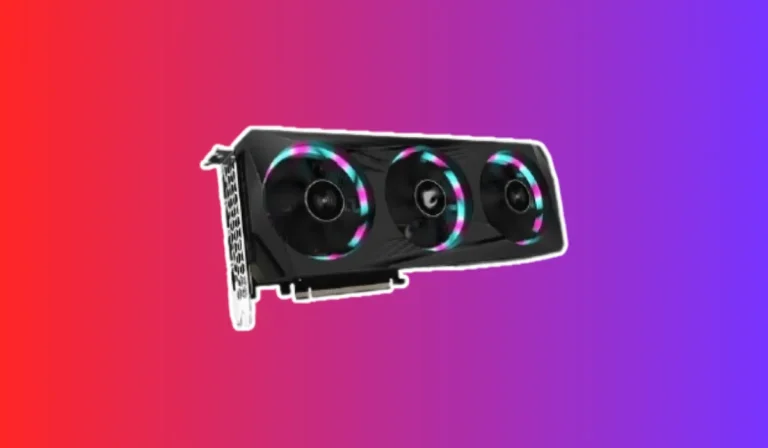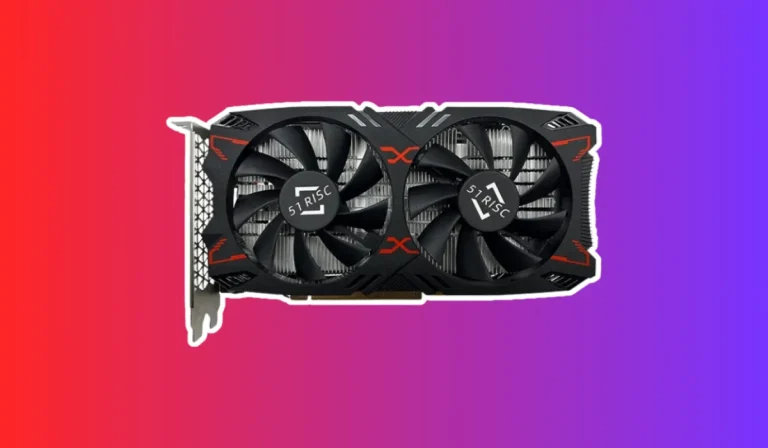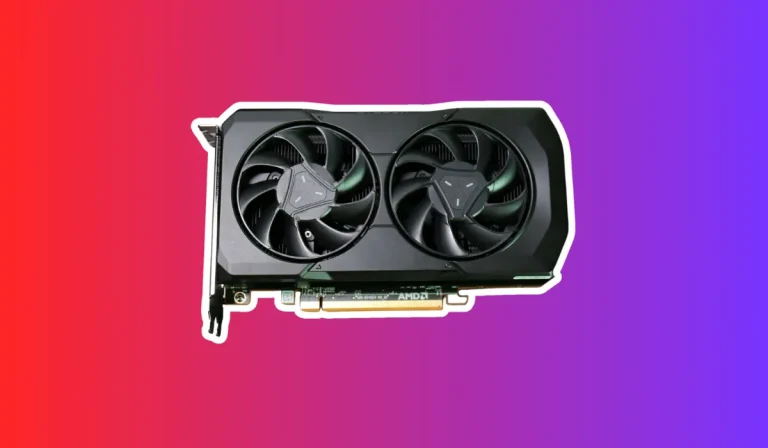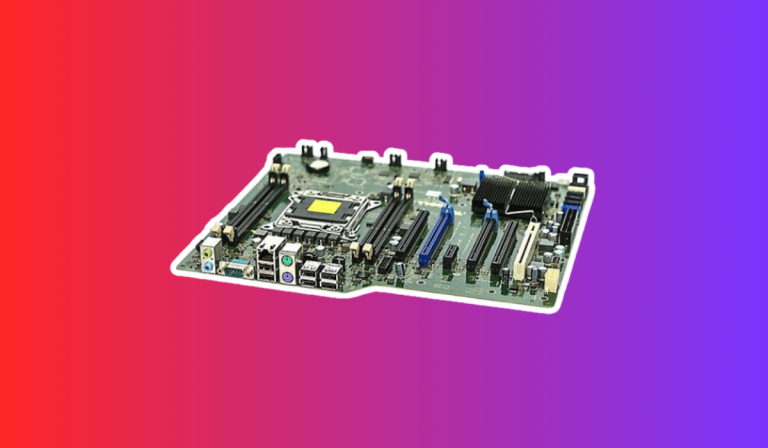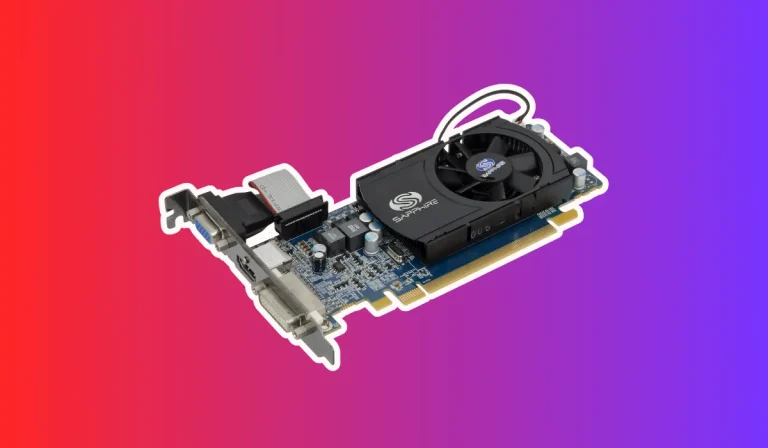How do you lower the GPU temperature on a laptop?
Have you ever noticed your laptop heating up while playing games or running graphic-intensive applications? Maintaining a low GPU temperature is crucial for your laptop’s performance and longevity.
Causes of High GPU Temperature
Dust Accumulation
Dust accumulation is a primary culprit behind elevated GPU temperatures. Over time, dust particles can settle on the laptop’s cooling system, hindering airflow and preventing proper heat dissipation.
As a result, the GPU is unable to cool down effectively, leading to increased temperatures. Regular cleaning of the laptop’s vents and cooling system is essential to prevent dust buildup and maintain optimal airflow.
Inadequate Cooling Systems
Some laptops may have subpar cooling systems that are unable to handle the heat generated by the GPU during demanding tasks. Insufficient cooling mechanisms, such as small heatinks or inadequate fan configurations, can result in higher GPU temperatures.
Upgrading to a laptop model with better cooling capabilities or using external cooling solutions like cooling pads or fans can help improve heat dissipation and lower GPU temperatures.
Overclocking
Overclocking refers to increasing the clock speed of the GPU beyond its factory-set limits to achieve better performance. While overclocking can boost gaming or rendering performance, it also generates additional heat.
Without sufficient cooling, overclocking can cause the GPU to reach higher temperatures, potentially leading to instability and reduced lifespan. Returning the GPU to its default clock speed or investing in better cooling solutions can help mitigate the heat generated by overclocking.
Software Issues
Certain software applications or drivers can cause the GPU to work harder than necessary, resulting in increased temperatures. Outdated or incompatible graphics drivers may not efficiently manage the GPU’s power usage, leading to higher temperatures.
Keeping graphics drivers up to date and ensuring that software applications are optimized can help prevent unnecessary strain on the GPU and maintain lower temperatures.
Importance of Lowering GPU Temperature
Decreased Performance
When the GPU temperature rises, it can lead to thermal throttling. Thermal throttling is a mechanism that reduces the performance of the GPU to prevent overheating and potential damage.
As a result, your laptop may experience significant drops in performance, causing lag, stuttering, and decreased frame rates in games or other GPU-intensive tasks. By lowering the GPU temperature, you can prevent thermal throttling and ensure consistent and smooth performance.
System Stability
High GPU temperatures can also affect the overall stability of your laptop. Excessive heat can cause system instability, leading to crashes, freezes, and unexpected shutdowns.
These issues not only disrupt your work or gaming sessions but can also potentially result in data loss or damage to your hardware. By keeping the GPU temperature within a safe range, you can maintain system stability and avoid these frustrating and potentially costly problems.
Hardware Longevity
A laptop with consistently high GPU temperatures puts additional stress on the internal components, including the GPU itself. Over time, prolonged exposure to high temperatures can shorten the lifespan of the GPU and other sensitive hardware components. By actively lowering the GPU temperature, you can help prolong the longevity of your laptop, ensuring that it remains reliable and functional for an extended period.
Additional Tips for GPU Temperature Control
Optimize Power Settings
Adjusting your laptop’s power settings can help manage the GPU’s power consumption and subsequently reduce its temperature. By setting the power mode to a balanced or power-saving option, you can limit the GPU’s performance and power usage, resulting in lower temperatures. While this may slightly impact overall performance, it can be a worthwhile trade-off for improved temperature control.
Monitor and Manage Background Processes
Certain background processes and applications may unnecessarily strain the GPU, leading to increased temperatures. It’s advisable to monitor and manage these processes to ensure they are not overburdening the GPU when not in use. Closing unnecessary applications and disabling resource-intensive background processes can help alleviate the GPU’s workload and subsequently lower its temperature.
Consider Undervolting
Undervolting involves reducing the voltage supplied to the GPU, which can help decrease power consumption and subsequently lower temperatures. However, undervolting should be approached with caution, as excessive undervolting can lead to instability or system crashes. It’s recommended to research and follow proper guidelines or use specialized software tools to safely undervolt your GPU.
Keep Your Laptop Elevated and Well-Ventilated
Proper airflow is crucial for effective heat dissipation. Elevating your laptop using a cooling pad or stand can help create space for improved airflow around the laptop’s bottom vents.
Additionally, ensuring that the laptop is placed on a hard, flat surface allows for better ventilation. Avoid using your laptop on soft surfaces like beds or couches, as they can obstruct airflow and contribute to higher GPU temperatures.
FAQ’s
1. Can I simply increase the fan speed to lower the GPU temperature?
While increasing the fan speed can help in cooling down the GPU, it may not be the most effective solution on its own.
2. Is it safe to manually apply thermal paste to the GPU to lower its temperature?
Applying thermal paste to the GPU is a delicate process and should only be done by experienced individuals. If not done correctly, it can lead to damage or void the warranty. It is recommended to consult a professional or refer to the manufacturer’s guidelines before attempting to apply thermal paste.
3. Will underclocking the GPU always reduce its temperature?
Underclocking the GPU, which involves reducing its clock speed, can generally help in lowering the temperature.
4. Can removing the laptop’s casing help in lowering GPU temperature?
Removing the laptop’s casing may seem like a quick solution, but it is not recommended. Laptop casings are designed to provide proper airflow and cooling for the internal components, including the GPU. Removing the casing can disrupt the airflow and potentially lead to even higher temperatures. It is best to rely on other methods like cleaning the cooling system and optimizing ventilation.
5. Will using a laptop cooling pad significantly lower GPU temperature?
Laptop cooling pads can help improve airflow and dissipate heat more effectively, which can contribute to lower GPU temperatures.
Conclusion
Taking measures to lower the GPU temperature on your laptop is crucial for optimal performance and overall laptop health. By implementing strategies such as cleaning the cooling system, optimizing power settings, and considering additional tips like undervolting, you can ensure that your GPU operates within safe temperature limits. This, in turn, leads to improved system stability, longevity, and a smoother computing experience

